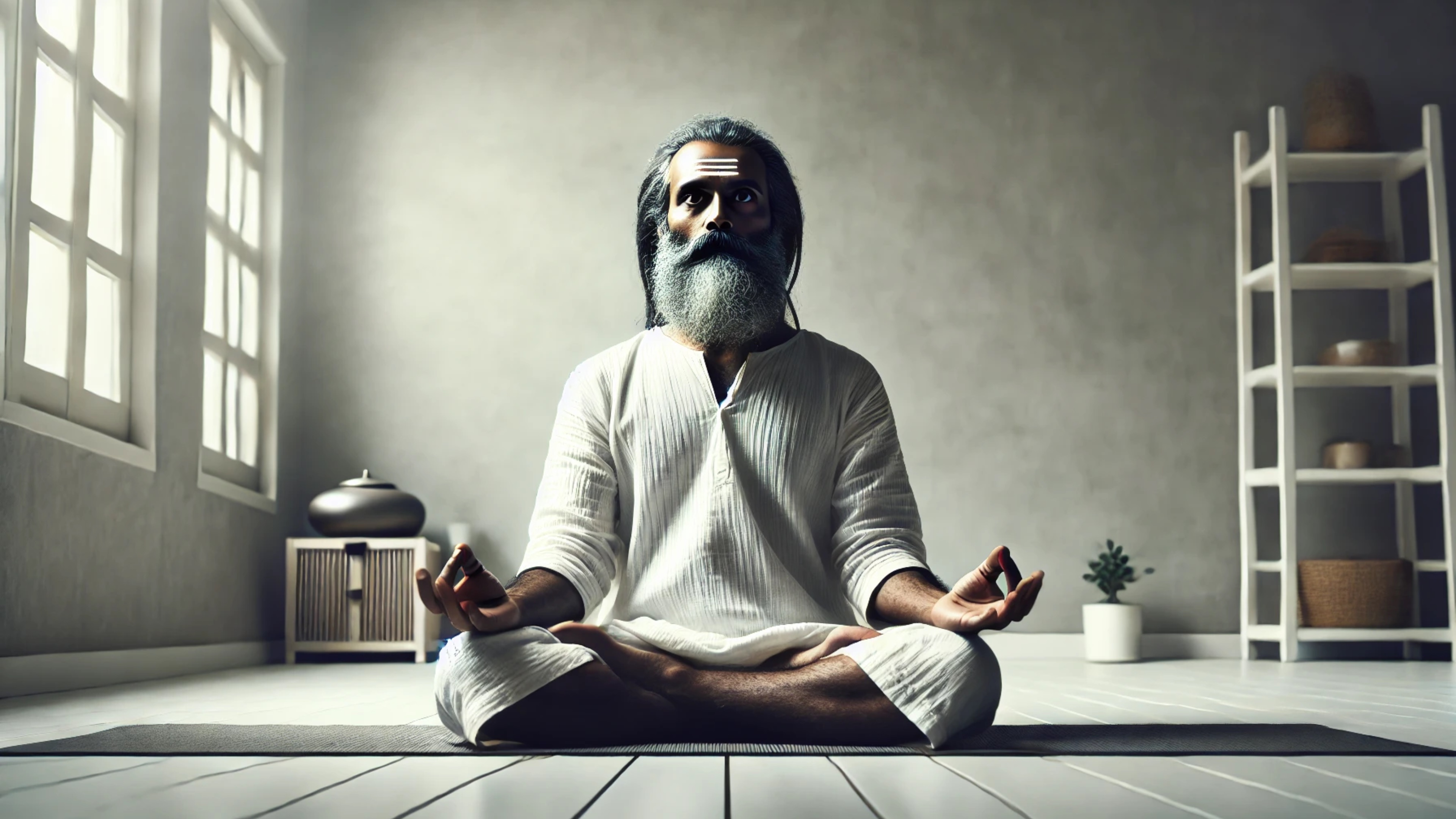
Control Over the Speed of Imagination
9 months ago By Yogi AnoopControl Over the Speed of Imagination: The Esoteric Science of Meditation
The deepest aspect of meditation is that a person should be able to control the speed of their imagination. Generally, meditation means a state of thoughtlessness. However, the speed and number of thoughts are so high that bringing them to a zero state may not be possible. How can a fast-moving car be stopped suddenly? It is an impossible process. That is why I always try to slow down the speed of imagination and thoughts. After that, the process of stopping becomes possible.
It is true that “I” have made the nature of the mind accustomed to being restless. Out of habit, it keeps wandering here and there without any solid reason. Due to the habit of creating and constructing something, imaginations sometimes run toward the past and sometimes toward the future. But I call this uncontrolled imagination a distraction because it is created by the mind without any purpose. Ultimately, it destroys human energy and leads to mental fatigue, anxiety, and restlessness.
When we talk about meditation, its primary purpose is to control this imaginative power, discipline it, and slow down its speed.
Two Paths Before the Human Mind
1. Instead of stopping imagination, slow down its speed – so that a person can go deeper within and attain mental peace.
2. Increase the speed of imagination – so that a person gets entangled in the web of thoughts and wastes their mental and physical energy.
Most people waste their energy unnecessarily by trying to stop their mental speed rather than controlling it. According to me, this is not scientific. In fact, in the process of stopping imagination, any meditation that is practiced often leads to headaches. The mind is pushed deeper into the swamp of worries, aspirations, fears, and confusions. However, in the beginning, the real purpose of meditation should not be to completely stop the mind but to regulate its speed beautifully and smoothly.
Unnecessary Mental Energy Expenditure: The Cause of Mental Disturbance
Our thoughts are not just mental activities; they are subtle forms of energy. When we think excessively about a subject, it creates a kind of mental agitation, leading to continuous energy dissipation. This process is so subtle that a person does not normally experience it, but its effects and side effects impact their brain and physical health.
For example—
If a person sits in a secluded place for half an hour, but their thoughts keep running—recalling a past event, drowning in future worries, or getting caught in an imaginary conversation—they will feel mentally exhausted. This happens because many of their senses and important parts of the brain have been engaged, even though they have not done any physical effort.
On the other hand, if a person sits completely calm for hours, their energy will not be wasted. They will not only feel refreshed but will also be mentally stronger. This is because the body’s internal machinery has been minimally engaged.
Similarly, a mind trained in meditation avoids unnecessary internal imaginary dialogues even while performing tasks. This is why some people do not feel exhausted even after intense physical labor, whereas others become mentally and physically drained merely by overthinking.
The Balance Between Meditation and Imagination
The fundamental purpose of meditation is not merely to stop thoughts but to regulate their flow so well that they lead a person toward inner peace rather than mental entanglement. When the speed of imagination is properly controlled, it helps in focusing a person’s energy inward.
Meditation teaches us—
• To balance mental speed in such a way that energy is spent minimally.
• To direct the power of imagination in one direction so that the mind avoids unnecessary imaginations. One should try to experience the depth of a subject so that the mind does not create unnecessary imaginary tendencies or get caught in them.
• To regulate thoughts in such a way that they provide mental clarity and inner peace rather than mental fatigue.
The Difference Between Pure and Wasteful Imagination
The power of imagination is not negative, but when it is uncontrolled, it gives rise to more confusion, stress, and anxiety in a person’s life. I have observed that minds with excessive imaginative power get mentally exhausted quickly and need some form of drug or intoxicant to relieve their fatigue. That is why an important process in meditation is learning to distinguish between pure imagination and wasteful imagination.
• Pure Imagination – Pure imagination refers to a limited and practical form of imagination, where a person creates a mental blueprint before starting a task and initially tries to follow it. However, as they proceed in reality, they soon realize the uselessness of that imagination because events do not unfold as imagined. Imaginary difficulties serve as motivation to step into reality. When the mind enters real experiences, unnecessary imaginative tendencies gradually start reducing on their own. Reality itself begins to regulate excessive imaginary tendencies.
• Wasteful Imagination – I consider imagination to be wasteful if it has no connection to reality and, at the same time, prevents a person from stepping into reality.
For example, if someone is practicing yoga and, during the session, gets engrossed in unrelated imagination, causing their practice to halt, then their imaginative ability has overpowered their actions. Such imagination prevents one from engaging with reality and entangles them in past memories, future uncertainties, and meaningless worries.
A person who deeply immerses themselves in the process of meditation gradually learns to identify which thoughts are unnecessary and which are useful. Over time, they become capable of directing their mental energy toward inner balance and mental peace.
The Meditative State: A Condition of Stored Energy
Meditation is not merely a method to stop thoughts; it is a process of conserving energy and utilizing it in the right direction. When a person balances the speed of imagination, a deep stability emerges within them. This stability is the true state of meditation.
Meditation teaches us—
1. To calm the mind but not suppress it forcefully.
2. To control the power of imagination but not completely block it.
3. To discipline energy so that it becomes a source of inner strength.
Recent Blog
Copyright - by Yogi Anoop Academy
